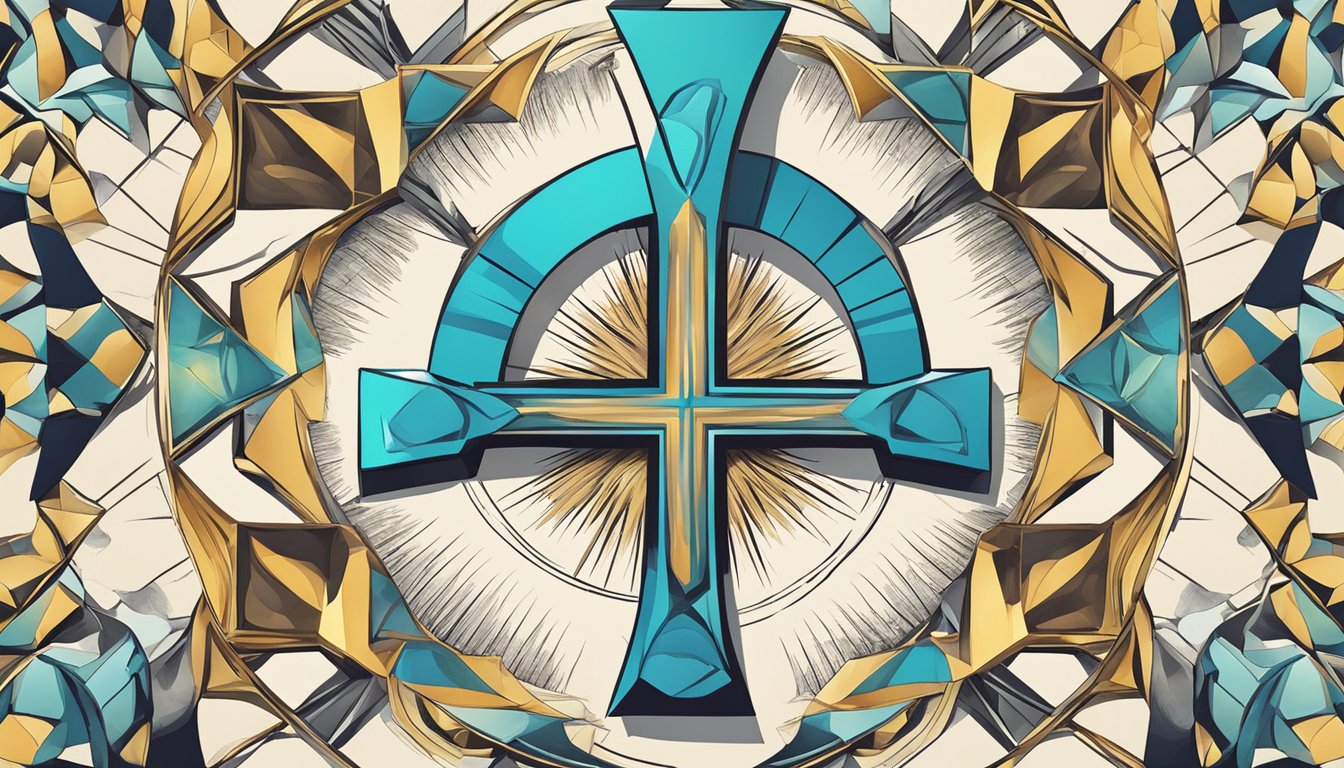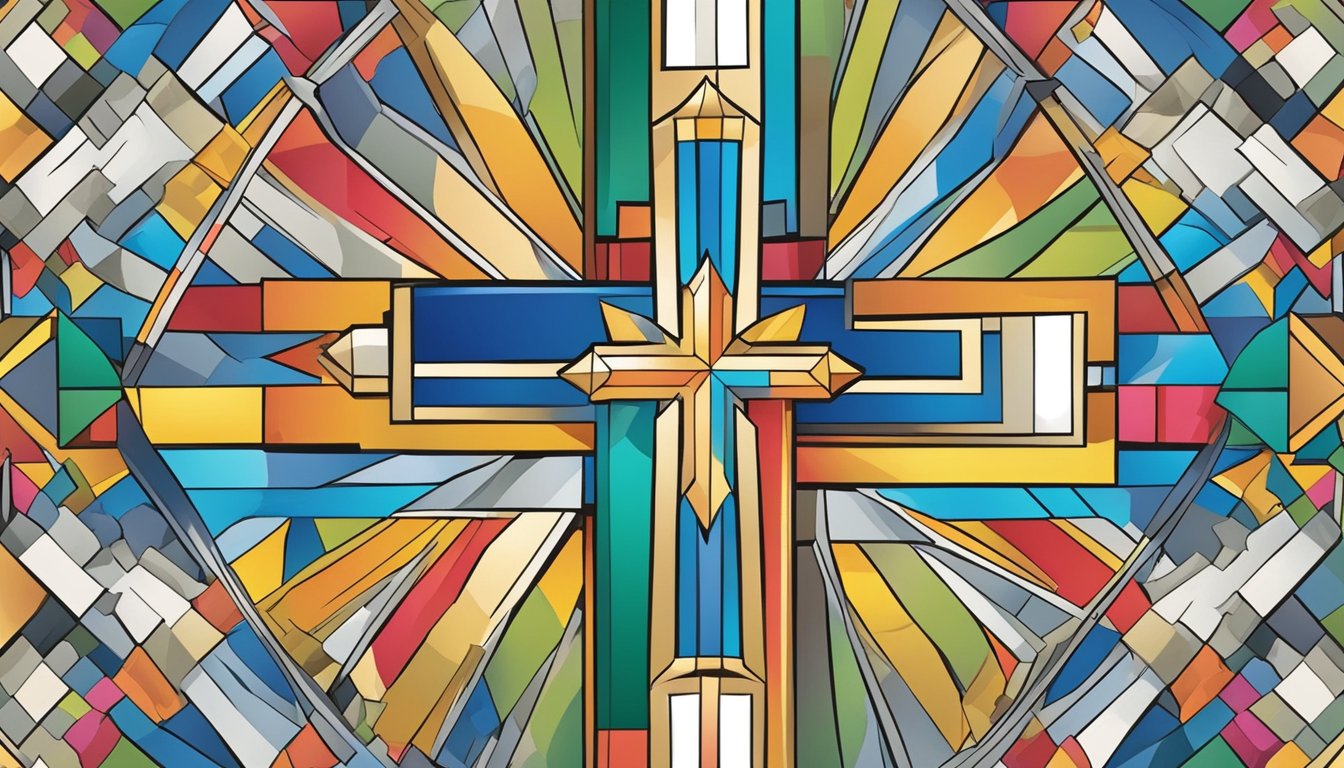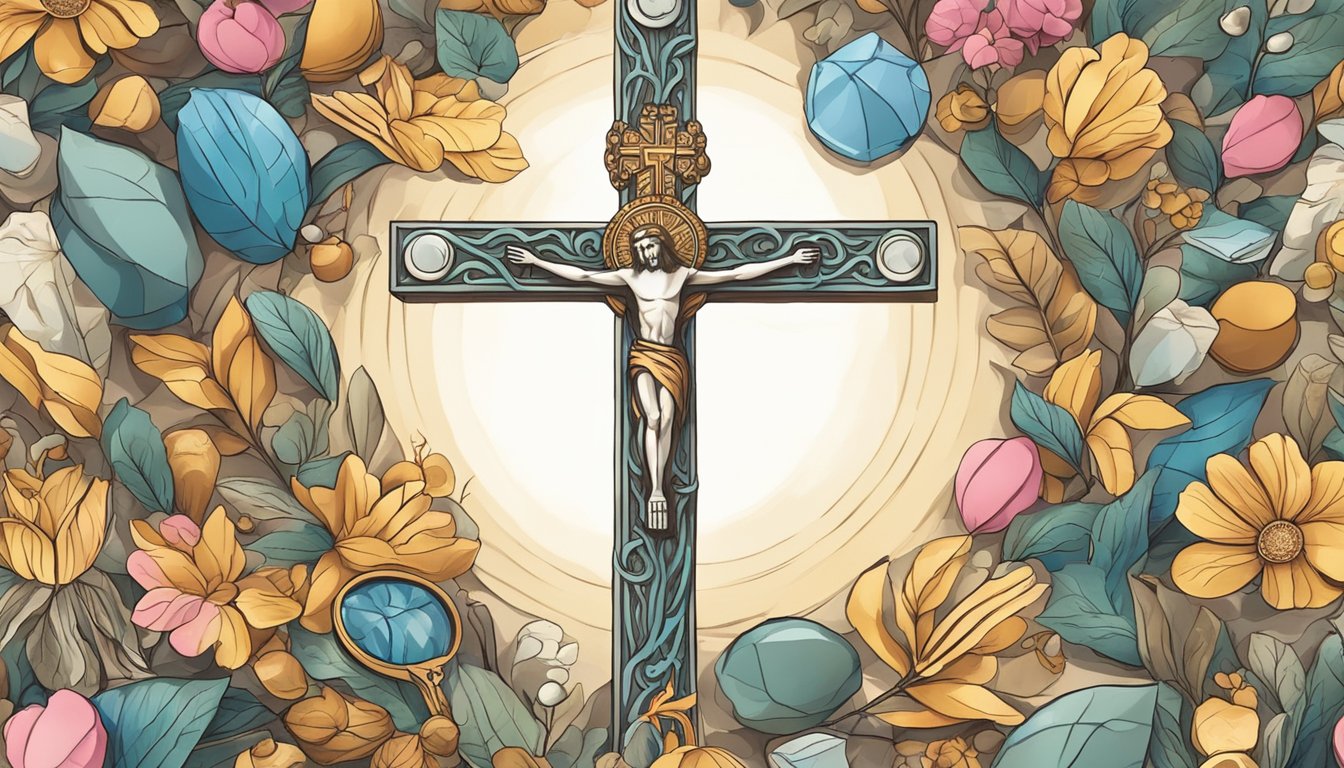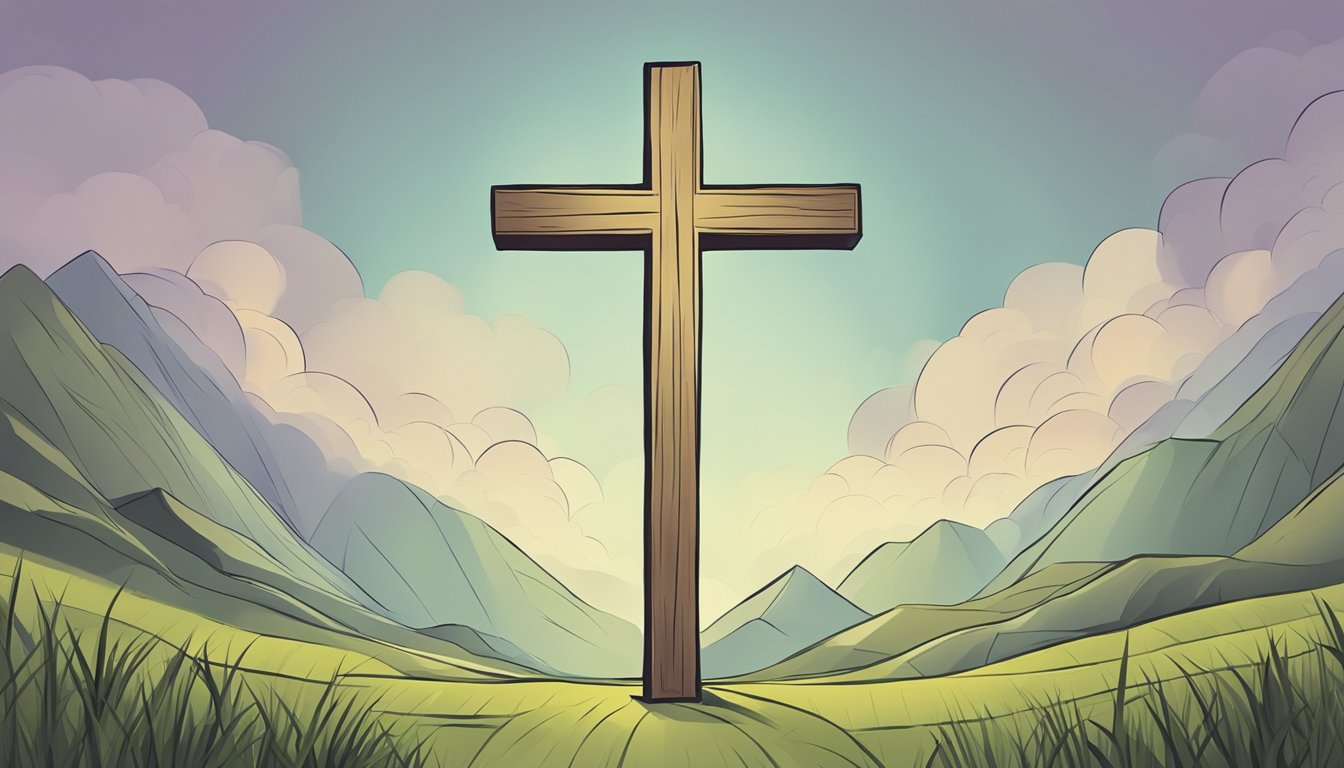The cross is one of the most widely recognized symbols in the world, and it is often associated with Christianity. But is it a Christian symbol? The answer is yes, but it is not exclusive to Christianity. The cross has a long and complex history that predates Christianity, and it has been used as a symbol by many cultures and religions throughout history.

The cross has been used as a symbol of power, protection, and sacrifice in many cultures throughout history. It was used by the ancient Egyptians, the Greeks, and the Romans, among others. In Christianity, the cross is a symbol of the sacrifice of Jesus Christ and his death and resurrection. It is a powerful symbol of hope and salvation for Christians around the world, and it is an important part of Christian theology and worship.
The Historical Origin of the Cross

https://www.youtube.com/watch?v=XXtKqCBW7Ms&embed=true
The cross is undoubtedly one of the most recognizable symbols of Christianity. But where did this symbol come from, and why did it become so closely associated with the Christian faith? In this section, we will explore the historical origin of the cross, examining its early use in Christianity and its adoption as a symbol of the faith.
Early Christian Use
The use of the cross as a Christian symbol can be traced back to the early days of the faith. In the first few centuries after Christ’s death, the cross was not widely used as a symbol of Christianity. Instead, early Christians used other symbols, such as the fish and the anchor, to represent their faith.
However, as Christianity began to spread throughout the Roman Empire, the cross gradually became more widely used as a symbol of the faith. One reason for this was the fact that the cross was already a well-known symbol in the Roman world, where it was used as an instrument of torture and execution. By adopting the cross as a symbol of their faith, Christians were able to give new meaning to an old symbol.
Constantine and the Chi-Rho
One of the most significant events in the history of the cross as a Christian symbol was the conversion of Emperor Constantine to Christianity in the early 4th century. Constantine is said to have seen a vision of the cross in the sky before a decisive battle, and he subsequently adopted the cross as his personal emblem.
Under Constantine’s leadership, Christianity became the official religion of the Roman Empire, and the cross became the symbol of the new Christian order. The Latin cross, with its longer base stem, became the most common form of the symbol, although other forms, such as the tau cross, were also used.
Another symbol that became closely associated with the cross during this period was the Chi-Rho, a monogram of the first two letters of Christ’s name in Greek. The Chi-Rho was often depicted alongside the cross, and the two symbols together came to represent the Christian faith.
In conclusion, the historical origin of the cross as a Christian symbol can be traced back to the early days of the faith, but it was not until the conversion of Emperor Constantine and the adoption of the cross as the symbol of the new Christian order that it became widely recognized as the symbol of Christianity. Today, the cross remains one of the most enduring symbols of the faith, representing the sacrifice of Christ and the hope of salvation for all who believe.
Theological Significance
https://www.youtube.com/watch?v=41ZUuDaQ15M&embed=true
The cross has a significant theological meaning in Christianity, representing the sacrifice of Jesus Christ for the salvation of humanity. This section will explore the theological significance of the cross in Christianity, focusing on its symbolism of sacrifice and salvation and its representation in biblical scripture.
Symbol of Sacrifice and Salvation

The cross is a symbol of sacrifice and salvation for Christians. According to Christian belief, Jesus Christ was crucified on a cross as a sacrifice for the sins of humanity. This act of sacrifice and selflessness is considered the ultimate expression of love, and it is through this sacrifice that Christians believe they are saved from their sins and granted eternal life.
The cross also represents the triumph of good over evil, as Christ’s death and subsequent resurrection defeated the power of sin and death. This belief is central to Christian theology, and the cross remains a powerful symbol of hope and redemption for believers.
The Cross in Biblical Scripture
The cross has significant representation in biblical scripture, particularly in the New Testament. The Gospel accounts of Matthew, Mark, Luke, and John all describe the crucifixion of Jesus Christ on a cross, and the letters of Paul and other New Testament writers frequently reference the cross as a symbol of Christ’s sacrifice and salvation.
In addition to its representation in the New Testament, the cross also has roots in the Old Testament. The book of Genesis foreshadows the coming of Christ and his sacrifice on the cross, and the sacrificial system outlined in Leviticus provides a framework for understanding the significance of Christ’s sacrifice.
Overall, the cross is a powerful symbol of sacrifice and salvation in Christianity. Its representation in biblical scripture underscores its theological significance, and its enduring symbolism continues to inspire and comfort believers today.
The Cross in Christian Art and Symbols
https://www.youtube.com/watch?v=yeNUZ7zbPB8&embed=true
« Is The 5 Love Languages a Christian Book? Exploring the Relationship Between the Popular Relationship Guide and Christianity
Is Richie the Barber a Christian? Exploring the Religious Beliefs of the Popular Barber »
The cross is undoubtedly the most recognizable symbol of Christianity. It has been used in Christian art and symbols for centuries, and its meaning has evolved over time. In this section, we will explore the iconography and representations of the cross in Christian art, as well as the variations of the cross that have been used in art.
Iconography and Representations
The cross has been represented in various forms in Christian art. The most common form is the Latin cross, which is a simple cross with a longer vertical beam. Another form is the Greek cross, which has four equal arms. The cross can also be represented in the form of the crux ansata, which is a looped cross with a handle, also known as the Ankh.
The cross is often depicted in Christian art in different ways to convey different meanings. For example, a crucifix is a cross that includes a representation of Jesus‘ body, emphasizing the sacrifice of Jesus on the cross. The Chi-Rho is a monogram of the first two letters of Christ’s name in Greek, and is often used as a symbol of Christ.
Variations of the Cross in Art
The cross has been used in various forms of art, including paintings, sculptures, and stained glass windows. One variation of the cross that has been used in art is the True Cross, which is believed to be the cross on which Jesus was crucified. The True Cross has been depicted in art in various forms, including as a simple cross or as a cross with a depiction of Jesus.

Another variation of the cross is the swastika, which was originally a symbol of good luck in many cultures, but was later adopted by the Nazis and used as a symbol of hate and oppression. The swastika is not a Christian symbol, and its use is not condoned by the Christian faith.
In conclusion, the cross is a powerful symbol of Christianity that has been used in art and symbols for centuries. Its meaning has evolved over time, and it has been represented in various forms in Christian art. While the cross is a symbol of hope and salvation for many Christians, it is important to remember that its use should always be respectful and not used to promote hate or oppression.
Cultural and Denominational Perspectives
Catholic and Orthodox Traditions
The cross is a central symbol in both Catholic and Orthodox traditions. In Catholicism, the crucifix, which depicts Jesus on the cross, is often used as a devotional object. The use of the crucifix is less common in Orthodoxy, where the emphasis is on the resurrection of Christ rather than his suffering on the cross. However, the cross is still an important symbol in Orthodox Christianity, and it is often used in iconography and other religious art.
Protestant Views
Protestant views on the cross vary depending on the denomination. Some Protestant churches, such as Anglican and Lutheran churches, use the crucifix as a devotional object, much like Catholicism. However, many other Protestant churches, such as Baptist and Presbyterian churches, do not use the crucifix and instead focus on the empty cross as a symbol of Christ’s victory over death.

Overall, the cross is a symbol that is deeply ingrained in Christian tradition and religious practice. While its significance may vary depending on the denomination and cultural context, the cross remains a powerful symbol of faith and devotion for many Christians around the world.
The Cross in Liturgy and Worship
https://www.youtube.com/watch?v=YS53tBP-Cyg&embed=true
The cross is a central symbol in Christian worship and liturgy. It is used in various ways during religious services and celebrations. This section explores some of the ways the cross is used in liturgy and worship.
The Sign of the Cross
The sign of the cross is a gesture made by many Christians during prayer or worship. It involves touching the forehead, chest, and shoulders in the shape of the cross. The gesture is often accompanied by the words “In the name of the Father, and of the Son, and of the Holy Spirit.”
The sign of the cross is a way of invoking the presence of God and asking for His blessing. It is also a way of affirming one’s faith in the triune God. The gesture is used by many Christians, including Catholics, Orthodox, Anglicans, and Lutherans.
Liturgical Celebrations

The cross is used in many liturgical celebrations throughout the Christian calendar. For example, during the season of Lent, many churches use a large wooden cross as a focal point for prayer and reflection. On Good Friday, the day when Christians commemorate the crucifixion of Jesus, the cross is venerated and often carried in procession.
During the celebration of the Eucharist or Communion, the cross is often displayed prominently on the altar. It is a reminder of the sacrifice of Jesus on the cross and the redemption that it brings.
On Easter Sunday, the cross is often decorated with flowers and other symbols of new life. It is a symbol of the triumph of life over death and the hope of resurrection.
In conclusion, the cross is a central symbol in Christian worship and liturgy. It is used in many ways to remind Christians of the sacrifice of Jesus on the cross and the redemption that it brings. Whether it is through the sign of the cross, liturgical celebrations, or other forms of worship, the cross continues to hold a special place in the hearts and minds of Christians around the world.
Personal and Social Dimensions
The Cross as Personal Symbol

For many Christians, the cross is a deeply personal symbol of their faith. It represents the sacrifice that Jesus Christ made for them and the forgiveness of their sins. As such, it is often used as a reminder of their commitment to their faith and as a source of strength during difficult times. Many Christians wear a cross as a piece of jewelry or display it in their homes as a symbol of their personal beliefs.
Social Influence and Recognition
The cross is also a symbol that holds significant social influence and recognition. In many countries, it is widely recognized as a Christian symbol and is often used to represent Christianity in various contexts, such as on gravestones, in religious art, and in public spaces. This recognition can be a source of pride for Christians, and the cross can serve as a way of identifying oneself as a member of the Christian faith.
However, the use of the cross as a symbol of Christianity is not without controversy. Some argue that its widespread use has led to the commodification and commercialization of the symbol, stripping it of its religious significance. Others point out that the cross has been used throughout history to justify violence and oppression, such as during the Crusades and the Spanish Inquisition.
Despite these criticisms, the cross remains a powerful symbol of the Christian faith and continues to hold significant personal and social meaning for many Christians.
Controversies and Misinterpretations
Accusations of Paganism
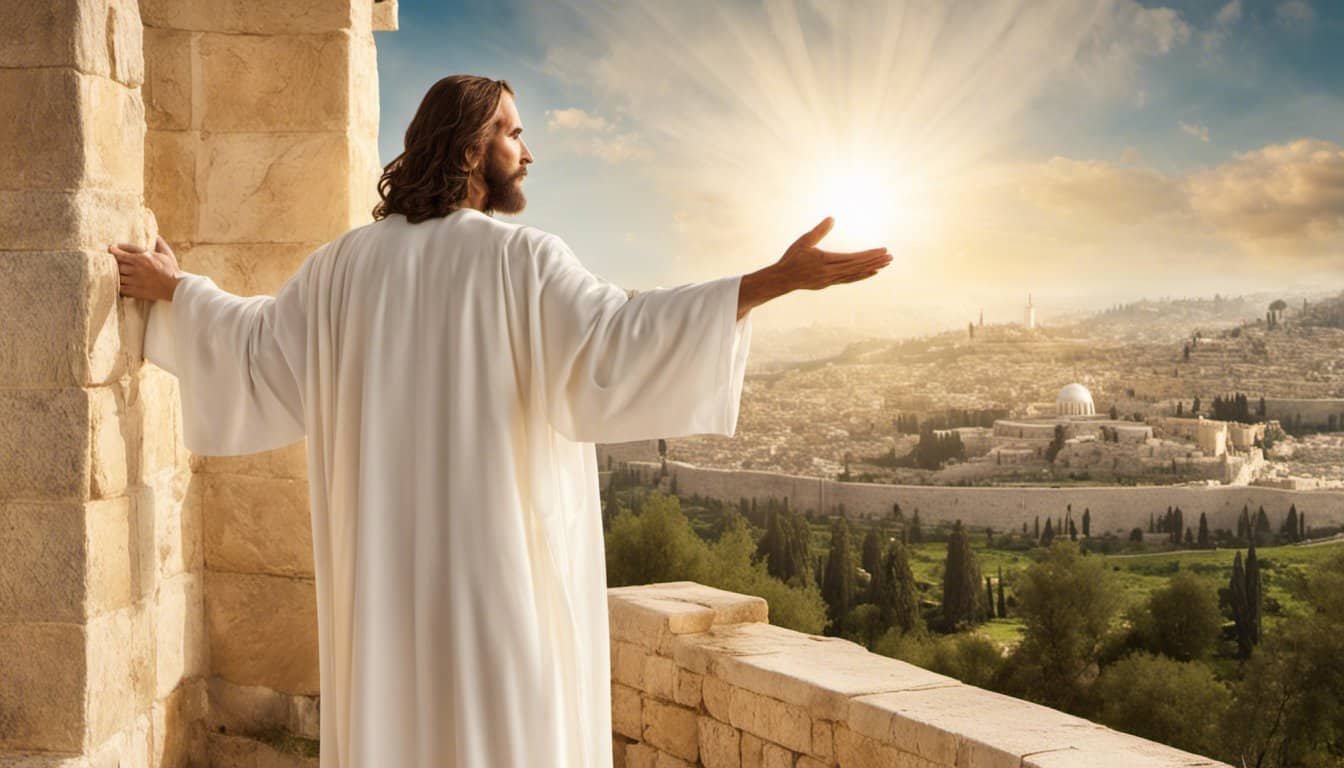
Throughout history, the cross has been accused of being a pagan symbol. Some critics argue that the cross was borrowed from pagan religions and was not originally a Christian symbol. However, this claim is not supported by historical evidence. The cross was used as a Christian symbol from the earliest days of Christianity, long before any influence from pagan religions.
Misuse in Popular Culture
The cross has also been misused in popular culture, leading to misinterpretations of its meaning. For example, the use of the cross as a fashion accessory or as a symbol of rebellion can be seen as disrespectful to its religious significance. Additionally, the use of the swastika, a symbol associated with violence and hatred, has caused confusion and controversy when combined with the cross.
It is important to remember that the cross is a sacred symbol to Christians and should be treated with respect. While it may be used in popular culture for various purposes, it is important to understand its true meaning and significance to those who hold it as a symbol of their faith.
The Cross Beyond Christianity
The cross has been a symbol of Christianity for centuries, but it is not limited to this religion. In fact, similar symbols can be found in other religions and cultures. Additionally, the cross has been used in secular contexts as well.
Similar Symbols in Other Religions

The cross is not unique to Christianity. For example, the ankh, a cross with a loop at the top, was an ancient Egyptian symbol of life. The swastika, a cross with arms bent at right angles, is a symbol of good fortune in Hinduism, Buddhism, and Jainism. The Star of David, a six-pointed star made up of two overlapping triangles, is a symbol of Judaism.
The Cross in Secular Contexts
The cross has also been used in secular contexts. For example, the Red Cross and the Swiss flag both feature a white cross on a red background. The plus sign (+), which is a stylized cross, is used in mathematics and medicine to indicate addition and positive results, respectively. In some cultures, the cross is used as a decorative element in fashion and art.
While the cross is most commonly associated with Christianity, it is clear that it has a wider significance beyond this religion. Its use in other religions, cultures, and secular contexts demonstrates its versatility and enduring appeal.
Modern Devotional Practices
The Cross in Prayer and Meditation
The cross is a central symbol in Christian prayer and meditation. Christians often use the cross as a focal point during prayer, either by holding a physical cross or by visualizing the image of the cross in their minds. This practice is believed to help Christians connect with God and deepen their faith.

There are many different prayers that involve the cross, such as the Sign of the Cross, which is a simple gesture that involves tracing the shape of the cross over the body. This prayer is often used at the beginning and end of Christian worship services, as well as during personal prayer.
In addition to the Sign of the Cross, there are many other prayers that involve the cross. For example, the Stations of the Cross is a devotional practice that involves meditating on the events leading up to Jesus’ crucifixion. During this practice, Christians move from station to station, reflecting on each event and praying for guidance and strength.
Pilgrimages and Veneration
The cross is also an important symbol in Christian pilgrimages and veneration. One of the most famous examples of this is the Church of the Holy Sepulchre in Jerusalem, which is believed to be the site of Jesus’ crucifixion and burial. The church contains several important relics, including the True Cross, which is believed to be a piece of the cross on which Jesus was crucified.
Throughout history, many Christians have made pilgrimages to the Church of the Holy Sepulchre and other sites associated with the cross. These pilgrimages are often seen as a way to deepen one’s faith and connect with the history of Christianity.
In addition to pilgrimages, many Christians also venerate the cross by wearing cross jewelry or displaying crosses in their homes. This practice is believed to serve as a reminder of Jesus’ sacrifice and a symbol of Christian faith.

Overall, the cross is an important symbol in modern Christian devotional practices. Whether through prayer, meditation, pilgrimage, or veneration, Christians continue to connect with the cross as a powerful symbol of their faith.
The Cross as Inspiration
https://www.youtube.com/watch?v=z1mcW0RSW7w&embed=true
The cross has been a source of inspiration for Christians throughout history. It is a symbol of sacrifice, redemption, and love. The cross has inspired countless stories, hymns, and works of art. In this section, we will explore some of the ways in which the cross has inspired Christians throughout the ages.
Inspirational Stories and Hymns
One of the most famous stories inspired by the cross is the story of Jesus’ crucifixion. This story has inspired countless hymns, including “The Old Rugged Cross,” “Were You There When They Crucified My Lord,” and “At the Cross.”
In addition to these classic hymns, the cross has also inspired more contemporary music. Artists like Hillsong United, Chris Tomlin, and Casting Crowns have all written songs that draw on the imagery of the cross. These songs speak to the enduring power of the cross as a symbol of hope and salvation.
The Cross in Contemporary Christian Life
The cross continues to inspire Christians in their daily lives. Many Christians wear crosses as a symbol of their faith, and the cross is often displayed in churches and homes. The cross serves as a reminder of the sacrifice that Jesus made for humanity and the love that God has for all people.
In addition to its religious significance, the cross has also become a symbol of social justice. The cross represents the idea that all people are equal in the eyes of God and that we should strive to treat each other with love and respect. Many Christians have used the cross as a symbol of their commitment to social justice, working to fight against racism, poverty, and other forms of injustice.
Overall, the cross is a powerful symbol that has inspired Christians throughout history. Whether through stories, hymns, or daily life, the cross continues to serve as a reminder of the love and sacrifice that are at the heart of the Christian faith.
Frequently Asked Questions
What is the significance of the Christian cross?
The cross is the most widely recognized symbol of Christianity. It is a symbol of the crucifixion of Jesus Christ, who is considered the Son of God in Christian belief. The cross represents the ultimate sacrifice that Jesus made for humanity, and it is a reminder of the love and compassion that he had for all people.
How did the cross come to be associated with Christianity?
The cross has been used as a religious symbol for thousands of years, long before the advent of Christianity. However, it was not until after the death of Jesus Christ that the cross became associated with Christianity. According to Christian tradition, Jesus was crucified on a cross, and his death and resurrection became the central event in Christian history.
Can the cross represent other faiths, or is it exclusively Christian?
While the cross is primarily associated with Christianity, it has been used as a symbol in other religions as well. For example, the cross is also a symbol of the Ankh, an ancient Egyptian symbol of life. However, in modern times, the cross is most commonly associated with Christianity.
What does the cross symbolize in the Bible?
In the Bible, the cross symbolizes the sacrifice that Jesus made for the sins of humanity. According to Christian belief, Jesus died on the cross to save humanity from eternal damnation. The cross is also a symbol of hope and redemption, as it represents the promise of eternal life for those who believe in Jesus Christ.
Is wearing a cross considered a practice of Christian faith?
Wearing a cross is a common practice among Christians, and it is considered a symbol of faith. However, wearing a cross is not a requirement of the Christian faith, and some Christians choose not to wear a cross.
Are there different types of crosses in Christianity, and do they have distinct meanings?
There are many different types of crosses in Christianity, each with its own distinct meaning. For example, the Latin cross is the most common type of cross and represents the crucifixion of Jesus Christ. The Celtic cross is a symbol of Irish heritage and represents the unity of the Christian faith. The Orthodox cross is a symbol of the Eastern Orthodox Church and represents the crucifixion of Jesus Christ as well as the Holy Trinity.









